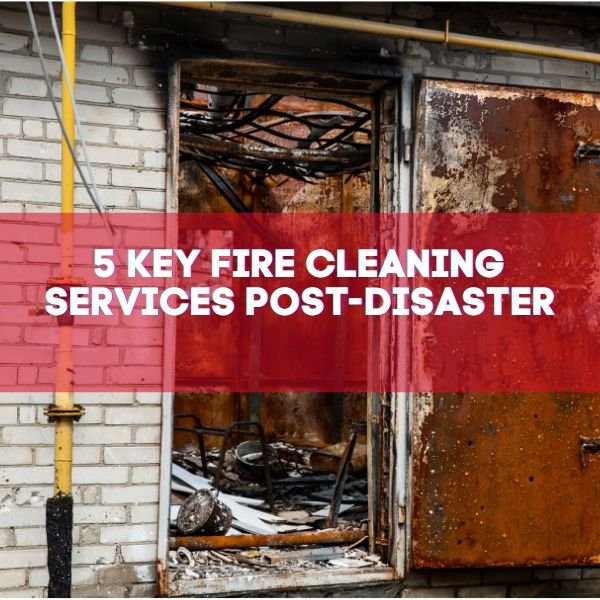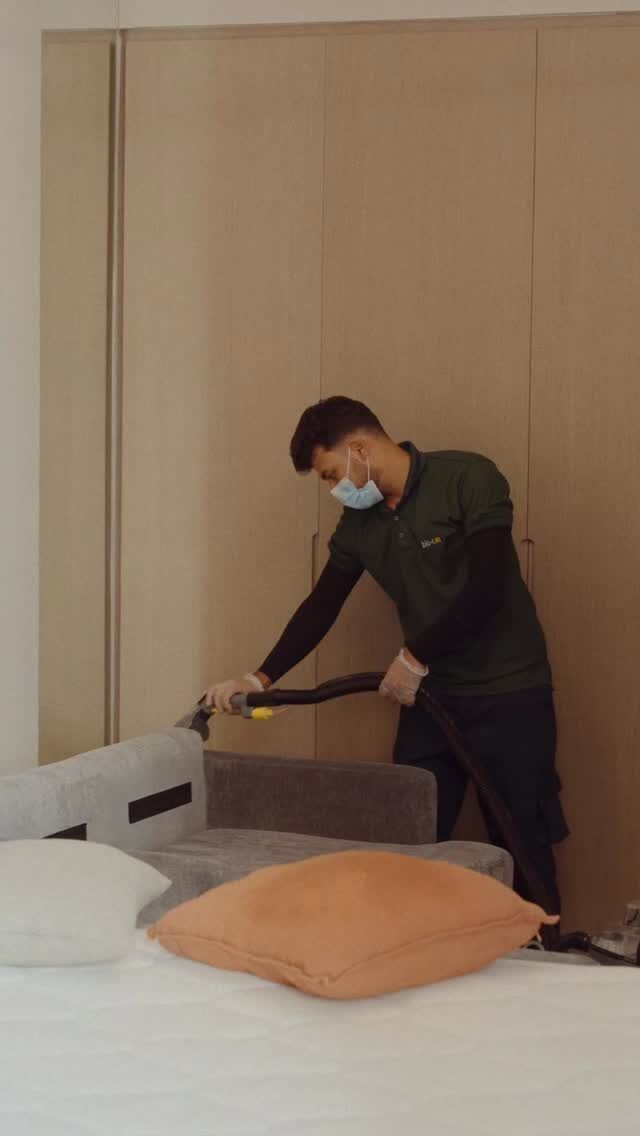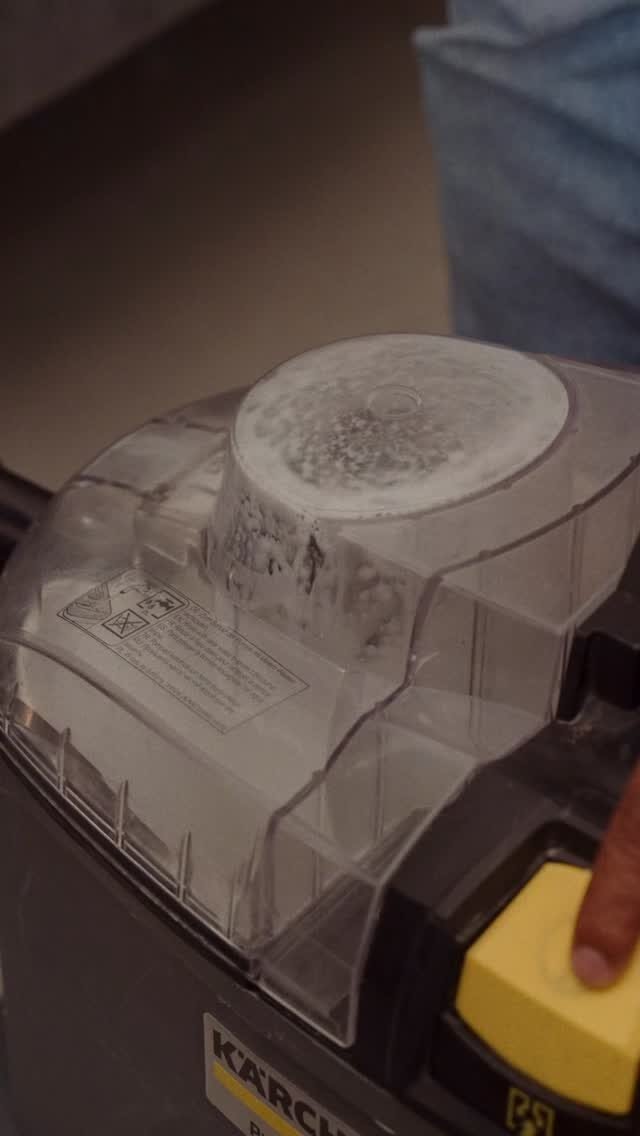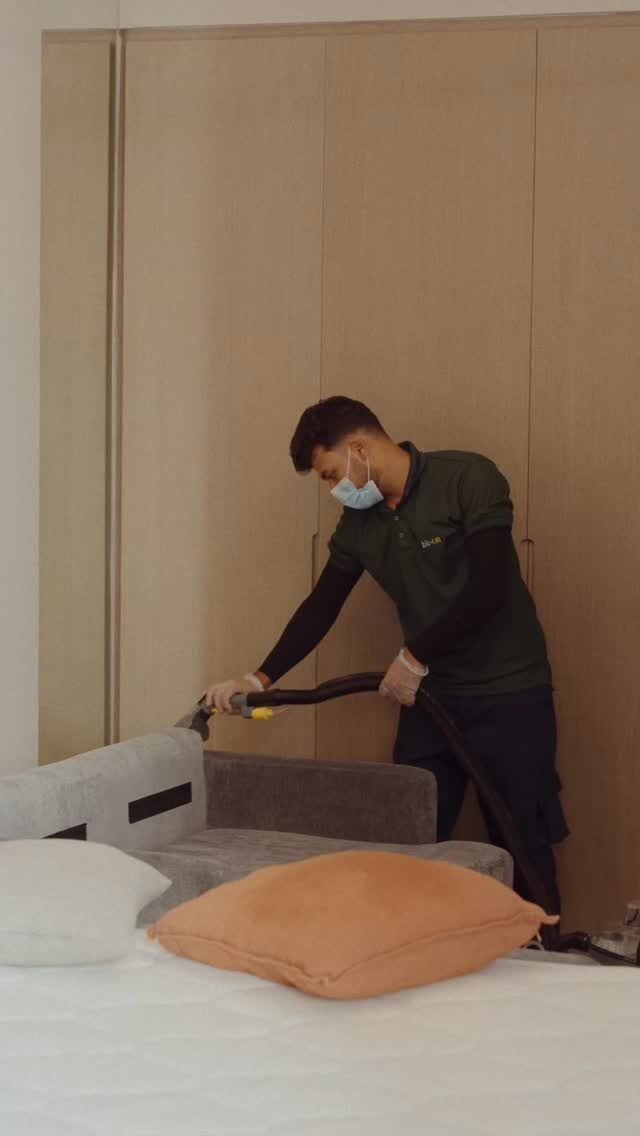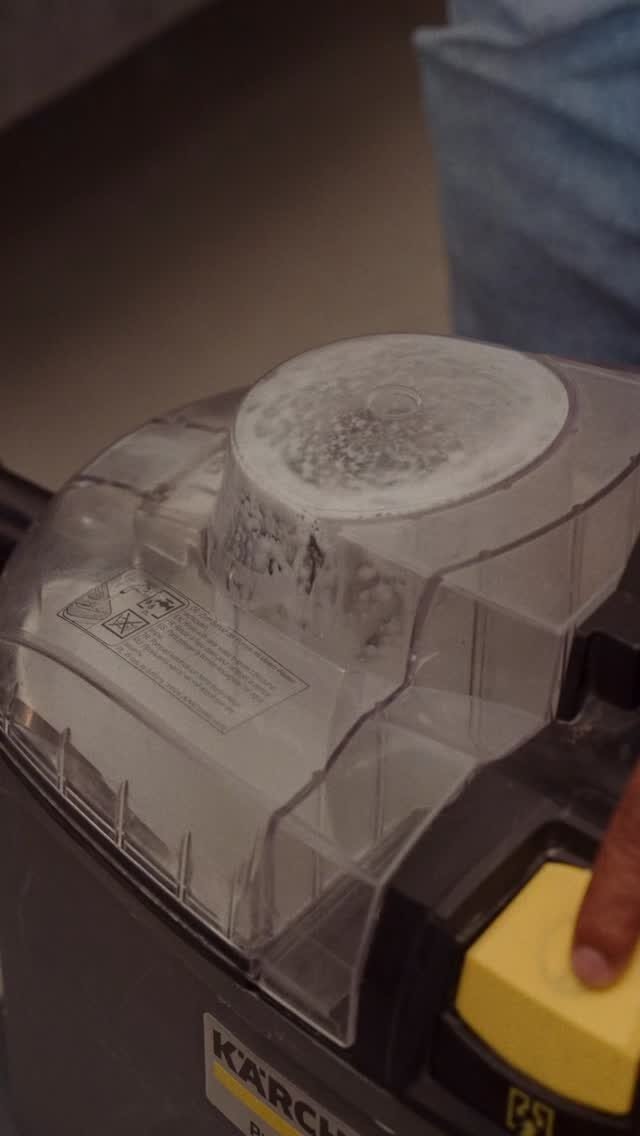Hello, and welcome to a crucial discussion on fire cleaning services, a topic of paramount importance for anyone who has faced the devastating aftermath of a fire. Navigating through the aftermath of a fire can be an overwhelming experience, marked by confusion and the pressing need to restore normalcy. Understanding the key services involved in fire cleanup is not just about reinstating your space but also about ensuring the safety and well-being of those affected. Let’s delve into the essential fire cleaning services that stand as your first line of defense in bringing back the safety and comfort of your home or business post-disaster.
Table of Contents
Toggle#1 Immediate Damage Assessment and Safety Inspection
In the immediate aftermath of a fire, the primary concern is to assess the extent of the damage and ensure the area is safe for inhabitants and responders alike. This phase is critical; it lays the foundation for all subsequent restoration efforts. Engaging a team of fire cleanup specialists, such as those from Bio On, becomes essential here. These experts bring not only their skilled assessment capabilities but also a deep understanding of the complexities involved in fire damage.
The process begins with a thorough inspection of the property. Specialists meticulously evaluate both the visible and hidden damages caused by the fire, smoke, water, and chemicals used to extinguish the flames. This assessment is vital for developing a comprehensive restoration plan. It’s not just about superficial damage; the structural integrity of the building is at stake. Fire can weaken foundations, char support structures, and compromise the safety of the environment.

Safety inspection follows closely, with professionals identifying hazards such as unstable structures, exposed electrical wiring, and potential toxic residue. This step is crucial to prevent accidents during cleanup and restoration. Specialists use a variety of tools and technologies to detect these dangers, ensuring that every inch of the affected area is scrutinized for safety concerns.
One of the immediate actions taken during this phase is the securing of the property. This could involve boarding up windows and doors or installing temporary supports for weakened structures. It’s a preventive measure to guard against further damage from external factors and unauthorized entry, ensuring the safety and security of the property.
The assessment also includes a detailed inventory of items affected by the fire. This documentation is crucial for insurance claims and for deciding which items can be restored and which need to be replaced. High-quality photographs and detailed descriptions form part of this inventory, providing a clear record for all stakeholders involved.
Caption for Illustration: “Specialists documenting damaged items for restoration and insurance purposes.”
Based on the initial assessment, the fire cleanup team, led by experienced professionals from Bio On, will outline the necessary steps for remediation. This plan addresses immediate needs such as water extraction and drying, soot and smoke removal, and odor elimination. It also includes long-term restoration strategies to bring the property back to its pre-disaster state or better.
Environmental testing is another aspect of the initial assessment. Specialists may conduct tests for hazardous materials like asbestos or lead, which are often disturbed in older buildings during a fire. Identifying these materials early on is essential for safe removal and disposal, ensuring that the cleanup process does not expose anyone to additional health risks.
Caption for Illustration: “Environmental testing for hazardous materials in a fire-damaged site.”
In conclusion, the initial damage assessment and safety inspection are foundational steps in the fire cleanup process. They demand a high level of expertise, precision, and care to ensure that the restoration efforts that follow are effective, safe, and tailored to the unique needs of the property and its occupants. By entrusting this critical phase to professionals like Bio On, property owners can be assured of a thorough and conscientious approach to bringing their spaces back to life.
#2 Soot and Smoke Removal
Soot and smoke removal stands as a crucial step in the fire cleanup process, one that cannot be overlooked due to its implications for both property and health. Soot, the byproduct of burned materials, along with the pervasive presence of smoke, can infiltrate deep into the structure of a building, affecting not just the surfaces but also the air quality. The challenge of eliminating these residues lies in their pervasive nature; they can seep into every nook and cranny, embedding themselves in fabrics, walls, and even HVAC systems.
The first action in tackling soot and smoke is a thorough evaluation of their spread and impact. This involves identifying the types of materials burned in the fire since different materials produce different types of soot, each requiring a specific approach for effective removal. For instance, soot from plastics and synthetic materials can be oily and challenging to clean, whereas soot from wood tends to be drier and powdery.
Caption for Illustration: “Assessing the type and extent of soot and smoke damage in a fire-affected area.”
Specialized equipment plays a pivotal role in the soot and smoke removal process. High-efficiency particulate air (HEPA) vacuum cleaners are employed to remove loose particles of soot from surfaces without spreading them into the air. For smoke, air scrubbers with HEPA filters and activated carbon are used to purify the air, removing not only the particulate matter but also the odors that smoke leaves behind.
Chemical sponges, another essential tool, are used for dry soot removal. These sponges lift soot from surfaces without smearing it, making them ideal for cleaning walls, ceilings, and other delicate surfaces. This process is meticulous and requires a steady hand, as improper cleaning techniques can embed soot deeper into materials, complicating further cleanup efforts.
Caption for Illustration: “Use of chemical sponges for gentle yet effective soot removal from surfaces.”
The complexity of smoke odor elimination cannot be understated. Smoke molecules, tiny and invasive, can linger long after the visible signs of fire are gone, embedding themselves in the building’s structure and contents. Professionals tackle this challenge using thermal fogging and ozone treatment. Thermal fogging disperses a fine mist that neutralizes smoke odor molecules, while ozone treatment involves using an ozone generator to break down the smoke molecules, effectively eliminating the odor.
In addition to these techniques, the removal process may also involve the use of sealants to lock in any remaining odor and particulate matter, preventing them from re-entering the environment. This step is particularly important in cases where the affected materials cannot be completely cleaned or replaced, such as with certain types of insulation.
Caption for Illustration: “Applying sealants to surfaces to lock in and prevent the release of odors and soot particles.”
The goal of soot and smoke removal extends beyond the mere cleaning of surfaces; it is about restoring the safety and comfort of the environment. The thoroughness of this process affects not only the visual restoration of the property but also the health of its inhabitants, underscoring the need for a professional and meticulous approach. By leveraging advanced techniques and specialized equipment, experts in fire cleanup services, like those from Bio On, ensure that the aftermath of a fire is addressed comprehensively, reinstating the property to its pre-disaster condition.
#3 Odor Elimination
Odor elimination following a fire is a sophisticated process that requires more than just surface cleaning. The odors associated with fire damage are not only unpleasant but can also be harmful, embedding themselves into the very structure of a building and its contents. The challenge lies in the fact that smoke particles are microscopic and can penetrate deep into materials, making them difficult to remove. Professionals in fire cleanup services employ a multi-faceted approach to tackle these odors, ensuring the air quality is restored to safe levels.
The initial step in odor elimination involves identifying the source of the odors. This often means a thorough inspection of the property to determine the extent of smoke infiltration. Materials that have absorbed a significant amount of smoke, such as carpets, upholstery, and draperies, are identified for treatment or removal. The effectiveness of the odor elimination process hinges on this thorough evaluation.

Air filtration systems play a crucial role in the next step. Using advanced air scrubbers equipped with HEPA filters and activated carbon, professionals can capture smoke particles and volatile organic compounds (VOCs) from the air. This equipment operates continuously throughout the cleanup process, significantly improving indoor air quality by removing particles that contribute to odors.
For embedded odors in walls, ceilings, and other surfaces, professionals often turn to thermal fogging. This technique involves the use of a fogging device that disperses a deodorizing solution. The solution’s particles are similar in size to smoke particles, allowing them to penetrate deeply into materials and neutralize smoke odors at their source.
Caption for Illustration: “Thermal fogging in action, penetrating surfaces to neutralize embedded odors.”
Ozone treatment is another effective method used for odor elimination. Ozone generators create ozone (O3), a molecule that reacts with smoke particles, altering their chemical composition and eliminating the odor. This method is particularly effective but requires the property to be vacated due to the high levels of ozone used during treatment.
Hydroxyl generators may also be employed as a safer alternative to ozone treatment. These machines produce hydroxyl radicals, highly reactive molecules that neutralize odors and VOCs. Unlike ozone, hydroxyl generators can be used in occupied spaces, making them a versatile tool in the odor elimination process.
Caption for Illustration: “Utilizing hydroxyl generators to safely neutralize odors in occupied spaces.”
The final step in the odor elimination process often involves sealing surfaces that have been cleaned and treated. This may include applying a sealant to walls and ceilings to lock in any remaining odor molecules, preventing them from re-entering the living space. Sealants are carefully selected based on the type of surface and the extent of smoke damage.
Effective odor elimination is a critical component of the fire damage restoration process, ensuring that the environment is not only visually restored but also safe and comfortable to inhabit. By employing a combination of advanced techniques and specialized equipment, professionals are able to tackle even the most stubborn odors, restoring peace of mind to property owners.
Caption for Illustration: “Applying sealant to treated surfaces to prevent odor recurrence.”
#4 Sanitization and Deep Cleaning
Sanitization and deep cleaning are pivotal steps in the restoration process following fire damage, addressing not just the visible aftermath but also the unseen hazards. This comprehensive cleaning goes beyond standard procedures, targeting the removal of soot, debris, and potential pathogens that can compromise health. It’s a critical phase aimed at restoring a safe and habitable environment, leveraging specialized techniques and solutions to achieve thorough decontamination.
The process begins with the removal of all debris and damaged materials that cannot be salvaged. This includes furnishings, carpets, and personal items that have been too severely affected by the fire, smoke, or water used in extinguishing the flames. Removing these items is essential not only for cleaning purposes but also to prevent the spread of smoke odors and contaminants.
Caption for Illustration: “Removing unsalvageable items and debris from a fire-damaged property for sanitization.”
Following debris removal, attention turns to the cleaning of all surfaces. This involves the use of professional-grade cleaning agents designed to break down soot and remove stains without damaging the underlying material. Surfaces such as walls, ceilings, floors, and remaining furnishings are meticulously cleaned, often with the aid of specialized equipment like scrubbers and extractors that ensure deep penetration and removal of soot and contaminants.
Air ducts and HVAC systems require particular attention, as they can harbor soot, debris, and odors that may circulate back into the property if not properly addressed. Cleaning these systems is essential to prevent the recontamination of the property and to ensure the quality of indoor air. This often involves the use of specialized cleaning agents and equipment designed for HVAC systems, ensuring that all components are thoroughly sanitized.
Caption for Illustration: “Professional cleaning of air ducts to eliminate contaminants and improve indoor air quality.”
Sanitization is another crucial component of the deep cleaning process, targeting the elimination of bacteria and viruses that can thrive in the aftermath of a fire. This is particularly important in areas affected by water damage, as the moist environment can become a breeding ground for mold and mildew. The use of EPA-approved disinfectants ensures that these biological hazards are effectively neutralized, safeguarding the health of occupants.
For items that can be salvaged, such as certain types of furniture, appliances, and personal belongings, a detailed cleaning and sanitization process is undertaken. Each item is assessed and treated individually, using methods best suited to its material and the extent of damage. This meticulous approach not only helps in restoring these items but also plays a significant role in the overall recovery of the property.
Caption for Illustration: “Detailed cleaning and sanitization of salvageable items to restore them to pre-damage condition.”
Floor coverings, including carpets and rugs, undergo deep cleaning processes such as hot water extraction, which effectively removes soot, debris, and odors embedded deep within the fibers. This step is vital for not only aesthetic restoration but also for eliminating potential health hazards associated with fire residue.
The comprehensive approach to sanitization and deep cleaning ensures that every aspect of the property is addressed, from structure to contents. It’s a process that demands expertise, precision, and the right tools, underscoring the importance of professional intervention. By engaging specialists in fire damage restoration, property owners can be assured of a thorough and effective recovery process, reinstating not just the physical structure but also the health and safety of the indoor environment.
#5 Restoration and Repairs
Restoration and repairs post-fire damage encompass a wide range of activities, from minor fixes to major reconstructions, aimed at returning the affected property to its pre-disaster state or better. This phase is crucial as it not only involves the aesthetic revival of the property but also the restoration of its structural integrity and safety. Engaging in this step requires a strategic approach, utilizing the expertise of professionals to ensure every aspect of the damage is properly addressed.
The restoration process begins with a detailed assessment of the structural damage. This evaluation is critical to identifying the extent of the fire’s impact on the building’s framework and infrastructure. Specialists look for signs of compromised structural elements, such as charred beams, weakened floors, and damaged roofing. These assessments are often supported by engineers who can provide insights into the necessary repairs and reinforcements needed to ensure the building’s safety.

Caption for Illustration: “Engineers assessing structural damage to determine necessary repairs for safety and integrity.”
Following the structural assessment, the focus shifts to the repair of the building’s exterior. This may include replacing damaged roofing materials, repairing windows and doors, and repainting surfaces to address discoloration caused by smoke and soot. The goal is to not only restore the building’s appearance but also to protect it from future environmental exposure.
Interior restoration involves a meticulous approach, addressing both visible and hidden damages. This includes the repair or replacement of drywall, flooring, and ceilings affected by the fire. Professionals use high-quality materials and techniques tailored to match the original features of the property, ensuring a seamless restoration that respects the building’s aesthetic and historical value.
Caption for Illustration: “Skilled craftsmen restoring interior elements to match the property’s original aesthetics.”
Electrical and plumbing systems are also thoroughly inspected and repaired as part of the restoration process. Fires can cause significant damage to wiring and pipes, posing risks of electrical hazards and water leaks. Specialists ensure that these systems are not only functional but also comply with current safety standards, reducing the risk of future issues.
The replacement of fixtures and fittings is another aspect of the restoration effort. This step allows property owners to update their spaces with modern amenities and fixtures, potentially enhancing the property’s functionality and value. Professionals can guide owners in selecting suitable replacements that align with their preferences and the building’s design.
Caption for Illustration: “Updating fixtures and fittings to modernize and enhance the restored property.”
For properties with significant historical value or unique architectural features, the restoration process may involve specialized techniques to preserve these elements. Professionals skilled in historical restoration work to maintain the property’s character while ensuring it meets contemporary standards of safety and comfort.
Caption for Illustration: “Experts employing specialized techniques to preserve historical elements during restoration.”
Throughout the restoration and repair process, communication with the property owner is key. Professionals provide regular updates, involving owners in decision-making to ensure the restored property meets their expectations and needs. This collaborative approach ensures that the final outcome not only restores the property but also provides a renewed space for its occupants.
In conclusion, the restoration and repairs phase is a comprehensive process that revitalizes fire-damaged properties. By leveraging professional expertise and custom solutions, this step addresses both the aesthetic and structural needs of the building, ensuring a safe and welcoming environment for its return to use.
Why Bio On is Your Ideal Partner for Fire Cleaning Services
Bio On stands out as the ideal solution for post-disaster fire cleanup and restoration services, bringing together expertise, advanced technology, and a commitment to customer satisfaction. With a team of seasoned professionals, Bio On ensures a comprehensive approach to fire damage assessment, soot and smoke removal, odor elimination, sanitization, and structural restoration. Employing state-of-the-art equipment and specialized techniques, each project is tackled with precision, aiming for the highest standards of safety and quality.
Moreover, the focus on clear communication and personalized service ensures that the specific needs and concerns of each client are met, offering peace of mind and reliable support throughout the recovery process. Opting for Bio On means choosing a partner dedicated to restoring not just properties but lives, making it an unparalleled choice for those facing the aftermath of fire damage.
Conclusion
In conclusion, navigating the aftermath of fire damage requires a thorough and professional approach, encompassing immediate damage assessment, meticulous soot and smoke removal, effective odor elimination, comprehensive sanitization and deep cleaning, along with detailed restoration and repairs. These steps are critical for ensuring the safety, health, and comfort of affected environments, reinstating properties to their pre-disaster conditions or better.
Bio On excels in providing these services, leveraging expertise and technology to deliver exceptional results. Individuals facing fire damage are encouraged to reach out to Bio On through the WhatsApp consultation button for free advice and solutions, securing a partner committed to their recovery and peace of mind.







